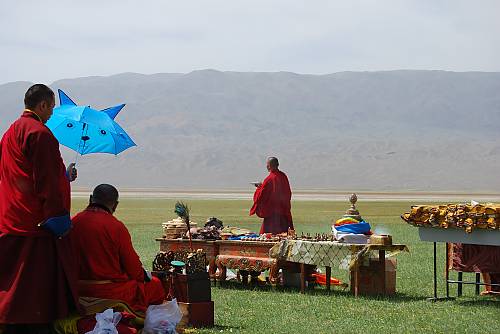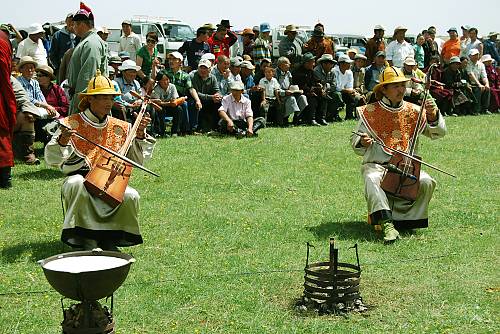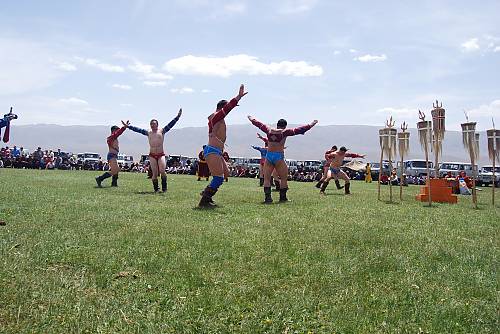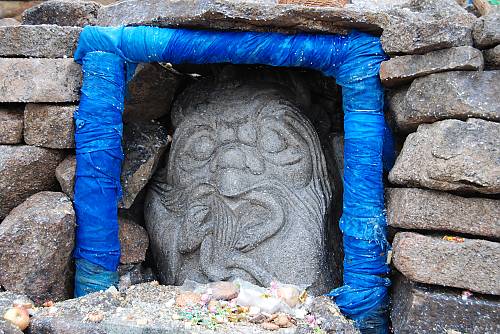Mongolian traditional practices of worshipping the sacred sites
Inscribed in 2017 (12.COM) on the List of Intangible Cultural Heritage in Need of Urgent Safeguarding
Mongolian practices of worshipping sacred sites have developed in the cultural space that is home to the nomadic lifestyle, which is characterized by its close harmony with nature and the environment. According to ancient shamanism, these practices are based on the belief in the existence of invisible deities of the sky, earth, mountains and natural surroundings. Local elders teach young people how to participate in and behave during the ceremony. The worship ceremonies build a sense of community and solidarity and raise awareness about the interdependence of human beings and the environment. During the communist regime in Mongolia, the worship of sacred sites was one of several practices that was banned, severely threatening its viability. Though the government and communities have been actively reviving the tradition, several challenges remain. These include rapid globalization and urbanization and the flow of herdsmen from sacred site areas to cities, a drastic reduction in the number of practitioners and masters with the necessary knowledge, and the operations of a number of mining companies. Locals are nonetheless enthusiastic about reviving the tradition and transmitting related knowledge, and in recent years many temples have been restored and favourable conditions created to conduct worshipping practices in local areas.










